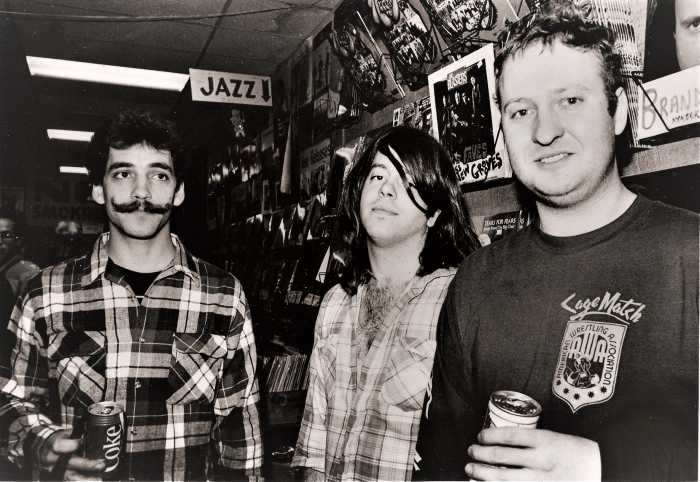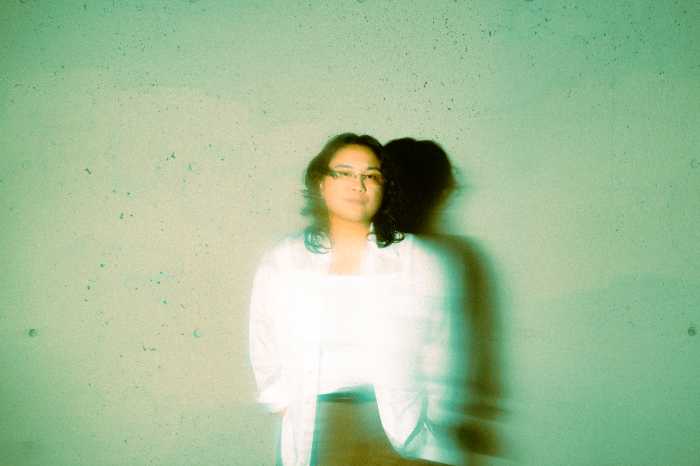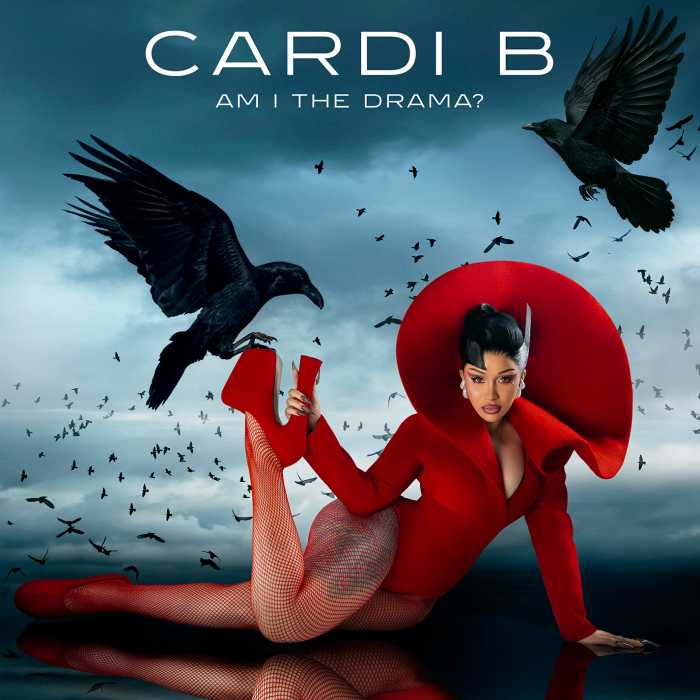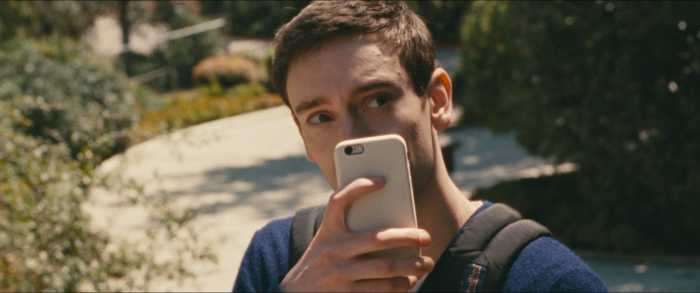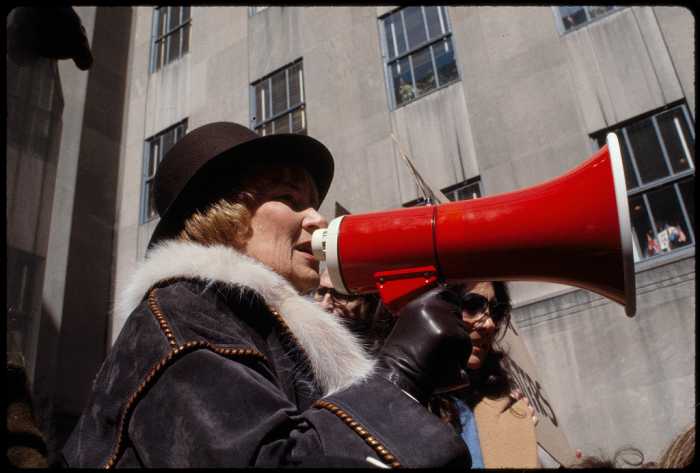Anna Netrebko tackles bel canto in “Anna Bolena” at the Met
Since its 1830 premiere, Donizetti’s “Anna Bolena” has transformed the careers of its creators and performers.
Its triumph at Milan’s Teatro Carcano established Donizetti as one of the top opera composers of his day. Giuditta Pasta, as the original protagonist, became the creative muse of Donizetti and Bellini after having redefined the prima donna roles in the older repertory of Mozart and Rossini.
Maria Callas’ triumph in the 1957 La Scala production spurred the rediscovery of neglected bel canto operas and inspired many successors. The bel canto revival kept Joan Sutherland, Leyla Gencer, Montserrat Caballé, Marilyn Horne, Beverly Sills, and others busy for the next two decades.
Unfortunately, the Metropolitan Opera waited until those ladies were gone from the scene to add “Anna Bolena” to its repertory. Anna Netrebko has established herself as an artist with the personal charisma, vocal glamour, and box office clout to compete with the divas of the past — this despite a coloratura technique that lacks some of their technical polish and musical finesse and a performing style that features more passionate flamboyance than interpretive subtlety.
Netrebko’s recent forays into bel canto have disappointed, showing an incomplete understanding of the style. Her beautiful Slavic voice sounded too dark, opaque, and inflexible to articulate the little notes, while her volume was, for the most part, loud and louder.
However, Netrebko at age 40 has chosen “Anna Bolena” as the vehicle to reinvent herself from a seductive ingénue into a mature prima donna. As heard on September 30, the Russian superstar has refined her interpretation since her successful role debut in Vienna last April. The coloratura is now integrated into the phrasing of the vocal line and articulated with greater precision. Netrebko sang several excellent trills and cunningly faked the rest, and she paid more attention to dynamic markings, floating silvery pianissimos in the final mad scene.
On the debit side, her deluxe voice with its lush vibrato and covered vowels, is rather sluggish, lagging behind the beat in the cabalettas and fast-moving ensemble work. The development of her voice points toward heavier Puccini, Verdi, and Tchaikovsky roles, which are coming soon.
Unlike the sharp-witted, ambitious historical Anne Boleyn, Donizetti’s operatic Anna Bolena is a noble, martyred victim. Netrebko is by nature an earthy extrovert with an irrepressible peasant vitality. She lives in the moment, for the moment; introspection and passive suffering are not her forte onstage or off. As the doomed queen, Netrebko was best in scenes of confrontation and defiance.
Her dramatic interpretation seemed a series of external effects — some brilliant, like the final whispered incredulous “Ad Anna… giudici?” at the end of Act I. The hysterical fear she could finally display when briefly left alone at the beginning of Act II was also compelling.
But Netrebko on opening night, after singing the melancholy “Al Dolce Guidami” superbly, acknowledged the ovation with a self-satisfied smile and wink. Clearly sustaining a dramatic mood is not as serious a priority for her as it was with Callas or Sills. By the second performance, she toned down the smile.
The production surrounding the diva was a somber, somewhat dull affair. Her colleagues were generally competent but gave her little to spark off of. Marco Armiliato’s conducting was the biggest damper. Idiomatic and impressive in verismo operas, Armiliato is strictly a routinier in bel canto — primarily concerned with maintaining four-square tempos and indulging the singers. Rhythmic contrast, dramatic emphasis, and tonal color were neglected, making the score sound generic and banal.
Russian mezzo-soprano Ekaterina Gubanova replaced Elina Garanca as Giovanna Seymour. In previous appearances, Gubanova has been something of a cipher, but here she displayed a rich, vibrant Verdian mezzo, digging passionately into the conflicted future queen’s music. The role, however, was written for a lyric soprano with a lighter, more youthful sound than the prima donna’s; at times, Gubanova’s effect was too strident or too matronly.
Ildar Abdrazakov’s pleasant, soft-centered baritonal bass limned a King Henry VIII that was more lover than tyrant. Fast-rising American tenor Stephen Costello sang the wimpy rejected former lover Percy. His stage demeanor consisted of one blank hangdog expression and a round-shouldered slouch. The sound of his voice is basically pleasant if small. When Costello pressed for volume or high notes — which unfortunately occurred often — the tone turned grainy and bleaty. The contralto quality of Tamara Mumford’s lovely voice gave appropriate tragic and masculine colorings to the often undercast trouser role of Smeton.
David McVicar’s production, like the towering sets of Robert Jones, started out impressively but increasingly ran out of ideas and variation. Jones’ unit set consisted of a dark wood-paneled palace chamber on the left, with a white brick interior/ exterior space on the right. A shifting central wall with large gate doors reconfigured the two spaces with minimal set dressing. Like Jenny Tiramani’s historically authentic costumes, Jones restricted his palette to black and white, occasionally contrasted with a splash of bright color.
McVicar’s direction went from insightful — the first duet of Giovanna and King Enrico was changed into a private bedroom scene late at night — to mere traffic cop herding of principals and chorus on and offstage.
When Netrebko took center stage in the long final scena, reservations were forgotten and the audience fell under her spell. It took too long for us to get there but when we did, it was worth it. See why when “Anna Bolena” is transmitted live in HD to movie theaters worldwide on Saturday, October 15 at 12:55 p.m. Eastern time.

